Leica X Vario: Close-Up Lens Experiments - Summary
Introduction | Sample Photos | Summary and Conclusions
Archive
The Leica X Vario offers a kind of "close-up capability" that I found to be quite useful for larger plants and blossoms: Shooting at 30 cm distance with a focal length of 70 mm equiv.). But with a maximum magnification of 0.2 you cannot take photos of small details as you can do with a macro lens. Therefore, the question comes up, whether the X Vario's close-up capabilities can be reasonably extended with (cheap) close-up lenses and/or achromats (which are more expensive). This page offers a summary of my other pages that deal with this question to make it easier for the readers to get a quick overview of what is possible with respect to close-up photos.
More information: Close-up tests without any close-up lenses are presented on page Leica X Vario: Close-Up Experiments - No Lens. Close-up tests with close-up lenses and some comparisons are presented on page Leica X Vario: Close-Up Lens Experiments - Part 1. Close-up tests with the Marumi +5 achromat and comparisons with close-up lenses are presented on page Leica X Vario: Close-Up Lens Experiments - Part 2. Close-up tests with a +10 achromat, which is part of a Dörr slide duplicator, are presented on page Leica X Vario: Close-Up Lens Experiments - Part 3.
Introduction
First I will describe how you can measure the magnification that you can achieve with close-up lenses/achromats. Then I will briefly discuss image quality, particularly with respect to close-up lenses versus achromats (details and sample photos can be found on the pages listed above).
Calculating Magnification
The first question that comes up is, of course: Which magnification can you achieve with a lens of a certain number of diopters? This can only be found out by taking test photos to measure the minimum object width that fills the image completely (such tests can be found on the detail pages). Then you can use a formula that takes the sensor width into account to calculate the magnification. Note that when you stack lenses, you can simply add the diopter numbers to get the resulting diopters.
From dkpeterborough (L-Camera-Forum) I adopt the way how magnification is calculated: Sensor width / object width = 23.6 [mm] / object width [mm] for APS-C. Here are my results for the combinations used on this page:
- No close-up lens : object width is ca. 12 cm > magnification = Sensor width / object width = 23.6 [mm] / 120 [mm] = 0.2 (about)
- Marumi +5 achromat: object width is ca. 6 cm > magnification = Sensor width / object width = 23.6 [mm] / 60 [mm] = 0.4 (about)
- Dörr +10 achromat: object width is ca. 4 cm > magnification = Sensor width / object width = 23.6 [mm] / 40 [mm] = 0.6 (about)
- Marumi +5 and Dörr +10 achromats: object width is ca. 3.1 cm > magnification = Sensor width / object width = 23.6 [mm] / 31 [mm] = 0.75 (about)
- Marumi +5 and Dörr +10 achromats, plus B+W +5 close-up lens: object width is ca. 2.6 cm > magnification = Sensor width / object width = 23.6 [mm] / 26 [mm] = 0.9 (about)
Relationship between Diopters and Magnification
The following table shows my empirical results regarding the relationship between diopters and the resulting magnification for the Leica X Vario (collected from various pages in this site):
Diopters |
0 |
1 |
2 |
3 |
4 |
5 |
6 |
7 |
9 |
10 |
12 |
15 |
20 |
Magnification |
0.2 |
0.24 |
0.286 |
0.325 |
0.366 |
0.4 |
0.445 |
0.48 |
0.53 |
0.6 |
0.65 |
0.75 |
0.9 |
Note: A diagram can be found on page Leica X Vario: Close-Up Lens Experiments - Part 3.
In Short
Without any close-up lens, you can achieve a magnification of 0.2 with the Leica X Vario. With a lens of +5 diopters you can achieve a magnification of 0.4, and with +9 to +10 diopters a magnification of about 0.5 (or 1:2), thus coming into the range of some macro lenses. For an 1:1 magnification, however, you will need more than +20 diopters.
Close-Up Lenses Versus Achromats
Close-up lenses are prone to chromatic aberration, whereas achromats, which consist of two lenses, attempt to minimize these issues. Achromats also deliver a better image quality in the corners (which may not be as important for many macro motives). Overall, achromats are the preferred choice when it comes to image quality, but they also come at a higher price (for example, the Marumi +5 achromat costs twice the price of the B+W +5 close-up lens).
Based on these criteria and on my own tests, I decided to use only achromats for close-up shots with the Leica X Vario - except for the rare and extreme case that I need +20 diopters (see examples below and page Leica X Vario: Close-Up Lens Experiments - Part 3).
Can close-up lenses and achromats rival dedicated macro lenses? No, not really (as some comparisons on my close-up pages demonstrate), but this is not the question here, because the Leica X Vario has a fixed lens...
Sample Photos
The sample photos below are meant to provide an impression of the achievable magnifications without any close-up lens and with various achromats and close-up lenses that I own. When combining them, I can cover a range from 0 to +20 diopters. Whether diopter values larger than +10 make any sense is the photographers personal decision... I also ad some 100% sections to show how the details looks like at the various magnifications.
Full Frame Photos
The following photos were taken without any close-up lens, with the Marumi +5 and the Dörr +10 achromat, with both achromats, and finally with both achromats and a B+W +5 close-up lens, to demonstrate the kinds of macro photos that you can use them for on a Leica X Vario. The photos were taken with manual or autofocus (distance 30 cm, 70 mm focal length equiv., f/11, ISO 800). Note that these photos primarily serve to demonstrate the achievable magnification, not the sharpness. Using both achromats (and more...) together requires a tripod for acceptable results (high ISO values may help a little if you do not use a tripod...).
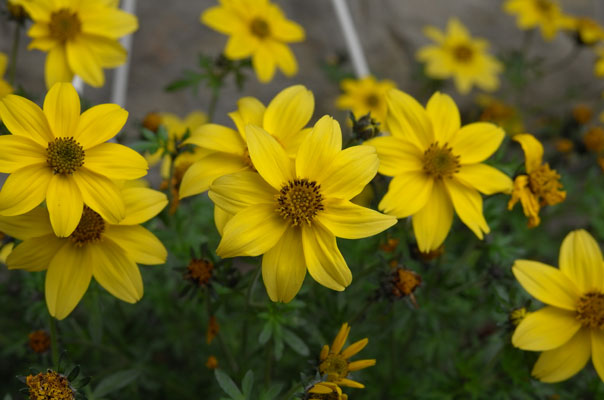
No close-up lens
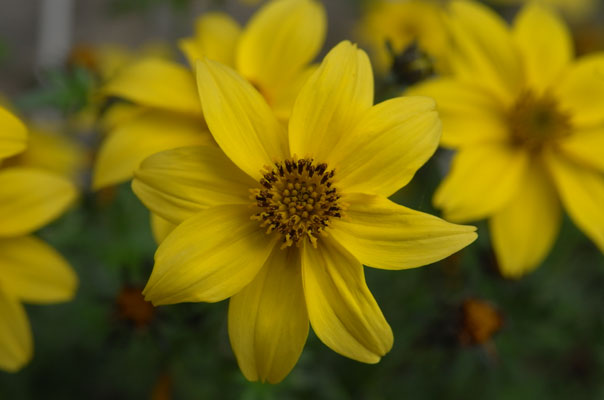
Marumi +5 achromat
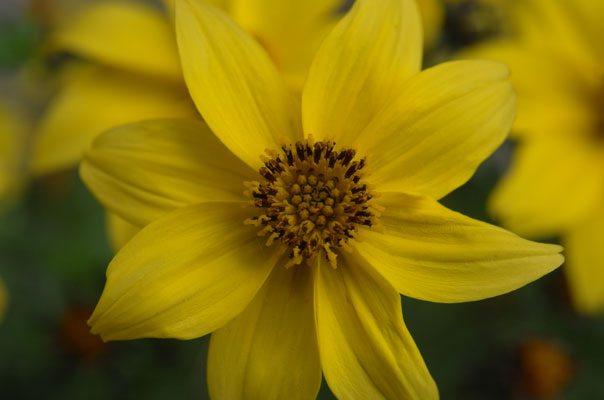
Dörr +10 achromat
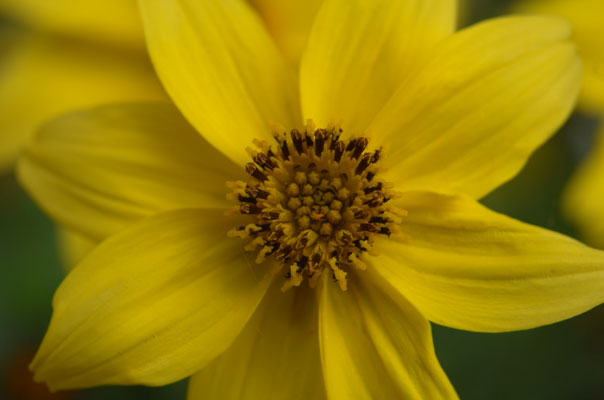
Marumi +5 and Dörr +10 achromats (+15 diopters)
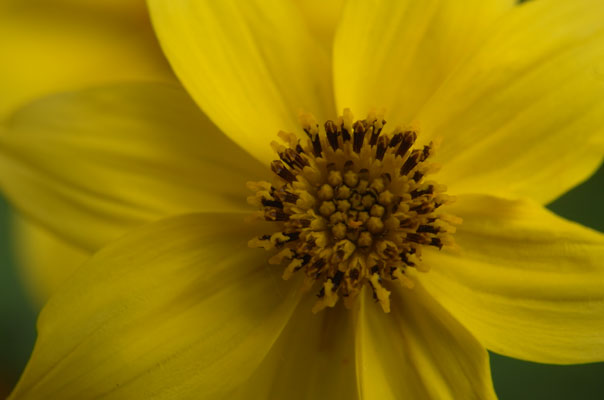
Marumi +5 and Dörr +10 achromats, plus B+W +5 close-up lens (+20 diopters)
Detail Sections
The following 100% sections show what you can expect from these achromats and their combination with respect to fine image details. Note that ISO was set fairly high to 800.
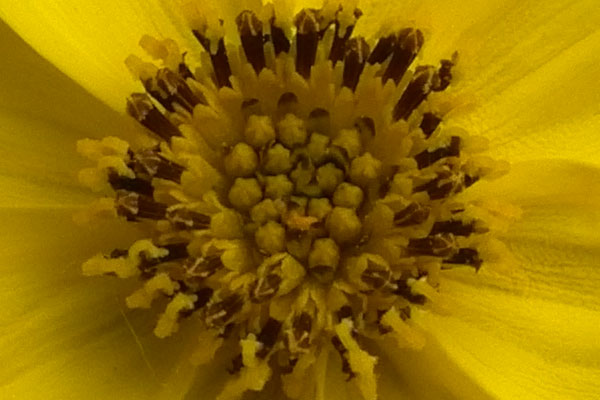
No close-up lens
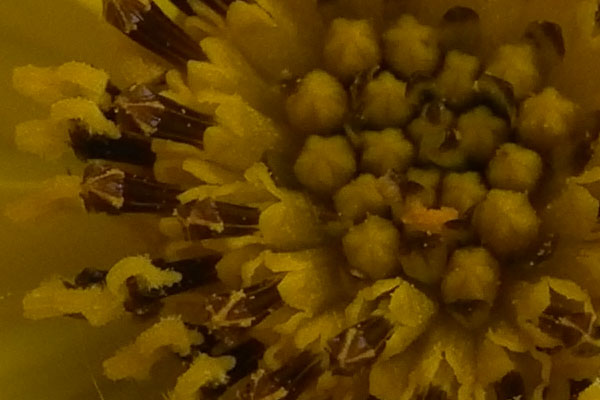
Marumi +5 achromat
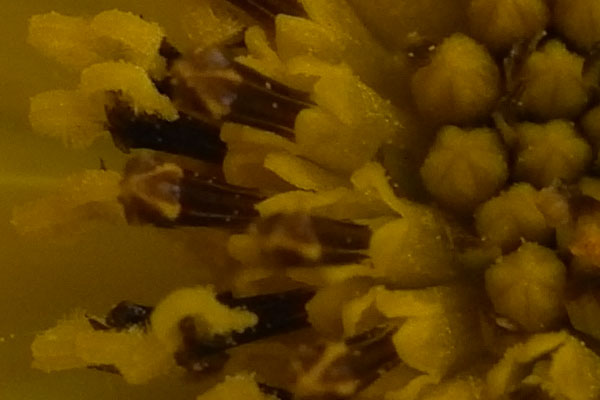
Dörr +10 achromat
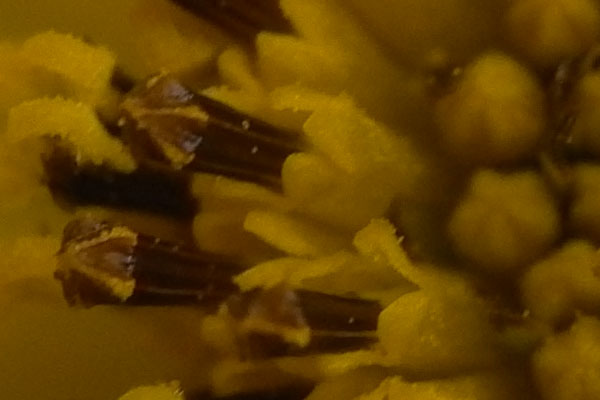
Marumi +5 and Dörr +10 achromat (+15 diopters)
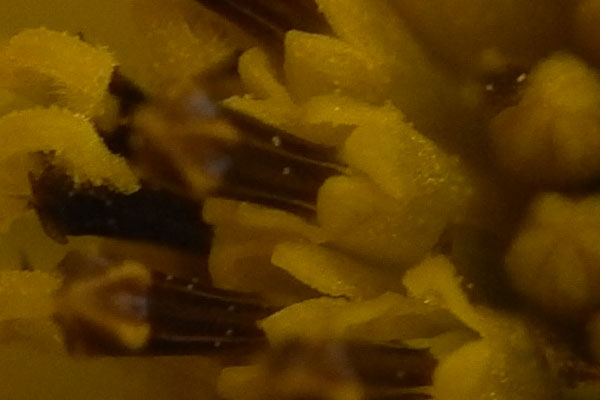
Marumi +5 and Dörr +10 achromat, plus B+W +5 close-up lens (+20 diopters)
Summary and Conclusions
Magnification
We get the following (about) magnifications for the achromats and their combination (I also include the combination with the B+W +5 close-up lens):
- No close-up lens: object width is about 12 cm > magnification = 0.2
- Marumi +5 achromat: object width is about 6 cm > magnification = 0.4 (about) (linear factor 2, area factor 4)
- Dörr +10 achromat: object width is about 4 cm > magnification = 0.6 (about)* (linear factor 3, area factor 9)
- Marumi +5 and Dörr +10 achromats: object width is about 3.1 cm > magnification = 0.75 (about) (linear factor nearly 4, area factor 15-16)
- Marumi +5 and Dörr +10 achromats, plus B+W +5 close-up lens: object width is about 2.6 cm > magnification = 0.9 (about) (linear factor 4.5, area factor about 20)
Image Quality
A first look at the photos in 100% suggests that the Marumi achromat used alone shows the best performance of all close-up lenses (and combinations), particularly with respect to image contrast. The "field shots" with the Dörr achromat published elsewhere look acceptable, and even some of the photos taken with both achromats do so if they are not enlarged to 100%. However, using both achromats together requires an especially steady hand - and there is very little depth of field. And if you want and do not care too much for image quality and contrast, you can even stack a B+W +5 close-up lens on the back of the two stacked achromats - and need not be ashamed of the results (if you do not have the quality standards of dkpeterborough...).
Note: The Dörr +10 achromat is a better solution to achieve +10 diopters than stacking a Marumi +5 achromat with a B+W +5 close-up lens (shown elsewhere). But this should not come as a surprise.
*) Note that this achromat is used in a slide copier!
A Few Additional Remarks
- To achieve visible improvements in magnification, you need a close-up/achromat lens of +5 (magnification 0.4) or even +10 diopters (magnification 0.6) (see page Leica X Vario: Close-Up Lens Experiments - Part 1 for details).
- As mentioned above, I now use mainly achromats, although the quality differences do not appear huge to me... Achromats minimize color fringing but are more expensive than close-up lenses. You can also buy Leica achromats, but the prices are way beyond of what I am willing to pay...
- Macro lenses deliver better quality than close-up lenses/achromats, but are not an option for the Leica X Vario with its fixed lens.
Final Word
In practice, things may be a little bit different though... On my recent vacation, I never used a close-up lens (or achromat), because I was too lazy to get it out of the camera bag and screw it onto the lens. This also takes time, and I always had the feeling that this delay would nerve my wife (although she also takes her time for taking photos...). In most cases, doing without a close-up lens was OK for me, but sometimes I envied my wife for the macro shots that she took with her little Ricoh CX4...
| 03.04.2019 |